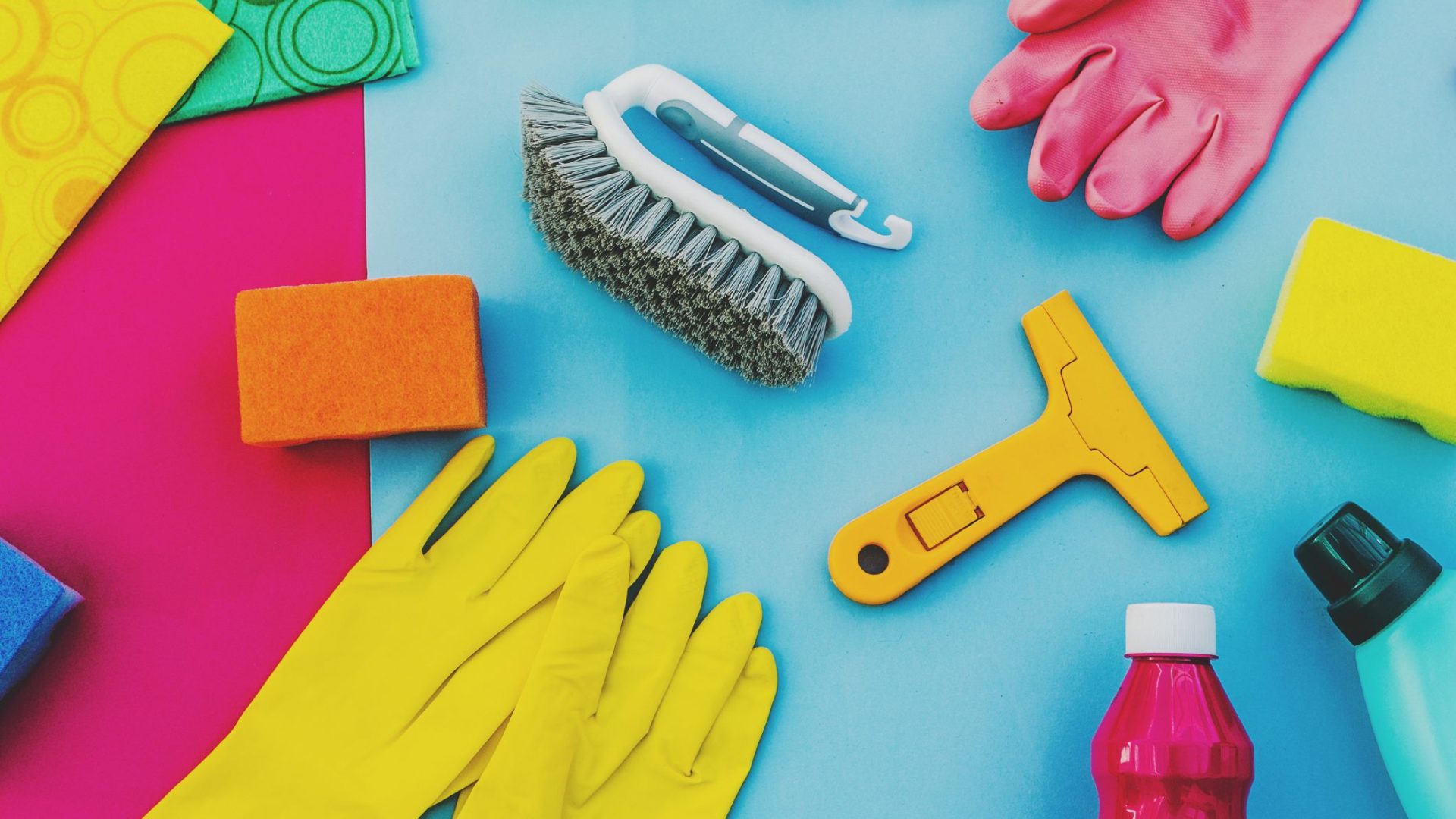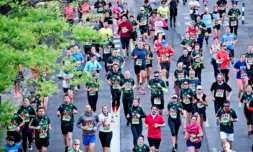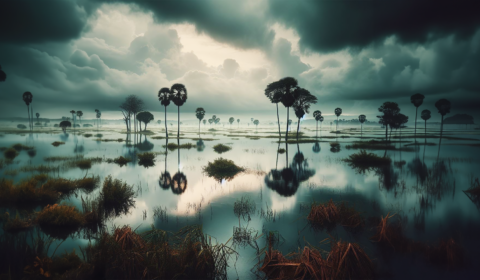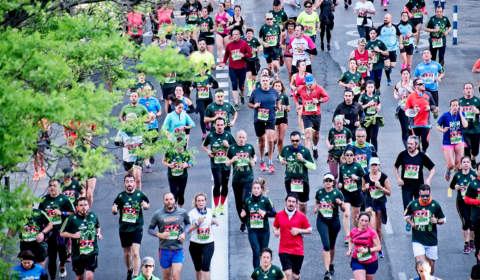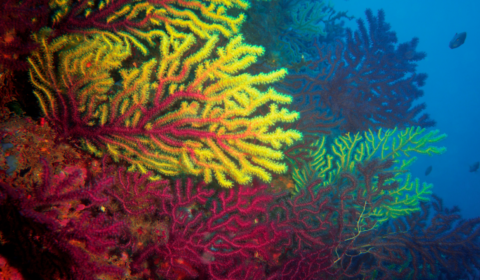Greenwashing is a common practice across various industries, but what about when it comes to ‘planet-friendly’ cleaning products? Two universities in the US teamed up to investigate.
In the age of heightened awareness over bacteria and viruses, many of us are using cleaning products more frequently to ensure our homes don’t become a life-size petri dish for dangerous microorganisms.
I probably don’t need to remind you of when household cleaning sections of shops were barren thanks to us sanitising like crazy during the pandemic – anyone having flashbacks of people wiping down their just-bought bags of Doritos on TikTok?
It’s well-known that traditional cleaning solutions contain chemicals that are harmful when in ingested. More recently though, awareness of how these harsh chemicals are impacting the environment once washed down the drain is growing too.
To meet the widespread demand for more sustainable options, numerous brands have come out with secondary product lines labelled as ‘natural’ and ‘kinder’ to the planet and humans. The market itself is now worth £238 billion and counting – no surprise that Kris Jenner has her own line of ‘clean’ household cleaning items then…
But can we trust that these products are truly the eco-friendly option they promise to be? New research conducted at the Virginia Polytechnic Institute State University and The Citadel Military College of South Carolina in the United States is providing the answers, so let’s take a look.









